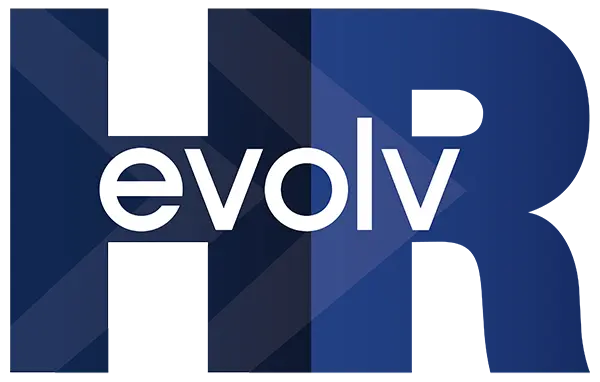Creating a Safer Workplace: Anti-Harassment Policy Checklist
Workplace harassment is a critical issue that affects employee well-being and organizational culture. Ensuring your anti-harassment policy is thorough, effective, and compliant with legal standards is not just a legal obligation but a moral imperative. This checklist serves as a guide to help employers build and maintain comprehensive policies that foster a respectful and safe workplace.
Why an Anti-Harassment Policy Matters
A strong anti-harassment policy sets the tone for your organization, communicates zero tolerance for harassment, and ensures a clear framework for addressing issues when they arise. It protects both employees and the company, creating an environment where everyone feels respected and valued.
Key Elements of an Effective Policy
1. Policy Development
- Designate a team responsible for developing or updating the anti-harassment policy.
- Include input from diverse stakeholders to ensure inclusivity and relevance.
2. Policy Content
Your policy should:
- Define harassment and provide clear examples of unacceptable behaviors.
- Include a commitment to a harassment-free workplace, supported by leadership.
- Outline employee responsibilities, such as treating others with respect and reporting harassment.
- Specify employer responsibilities, including prompt investigation and prevention of retaliation.
3. Reporting Procedures
- Provide clear guidelines for both informal and formal reporting.
- Identify multiple company representatives to whom employees can report harassment.
- Ensure employees are not required to report to someone involved in the harassment.
4. Corrective Actions
- Detail steps to address confirmed harassment incidents.
- Include protections against retaliation for complainants and witnesses.
Employee Communications
An anti-harassment policy is only effective if employees are aware of it. Use multiple communication methods, such as:
- Employee orientations and training sessions.
- Emails, memos, and posters.
- Company intranet or websites.
Monitoring and Commitment
Policies must evolve to meet changing workplace dynamics. Regularly review and update your policy by:
- Soliciting feedback from employees and managers.
- Conducting exit interviews to identify potential issues.
- Making revisions based on changing regulations or business needs.
How This Checklist Helps
This comprehensive checklist ensures your anti-harassment policy covers all necessary elements, from development and communication to monitoring and enforcement. It provides a proactive approach to creating a safer workplace for everyone.
Taking Action
Start by reviewing your current policies against this checklist. Address any gaps and involve leadership in reinforcing a culture of respect and accountability. Remember, a safer workplace begins with a strong commitment to addressing harassment issues head-on.
Create a workplace where respect is the norm, and safety is guaranteed. Begin with this checklist and build a better future for your employees today.
Ready to Transform Your Human Resources Operations?
Encourage HR leaders to use the checklist to evaluate and enhance their workplace anti-harassment policies, ensuring compliance and employee safety.
Contact EvolvHR today to learn how we can help you implement these strategies and build a stronger, more resilient organization.
